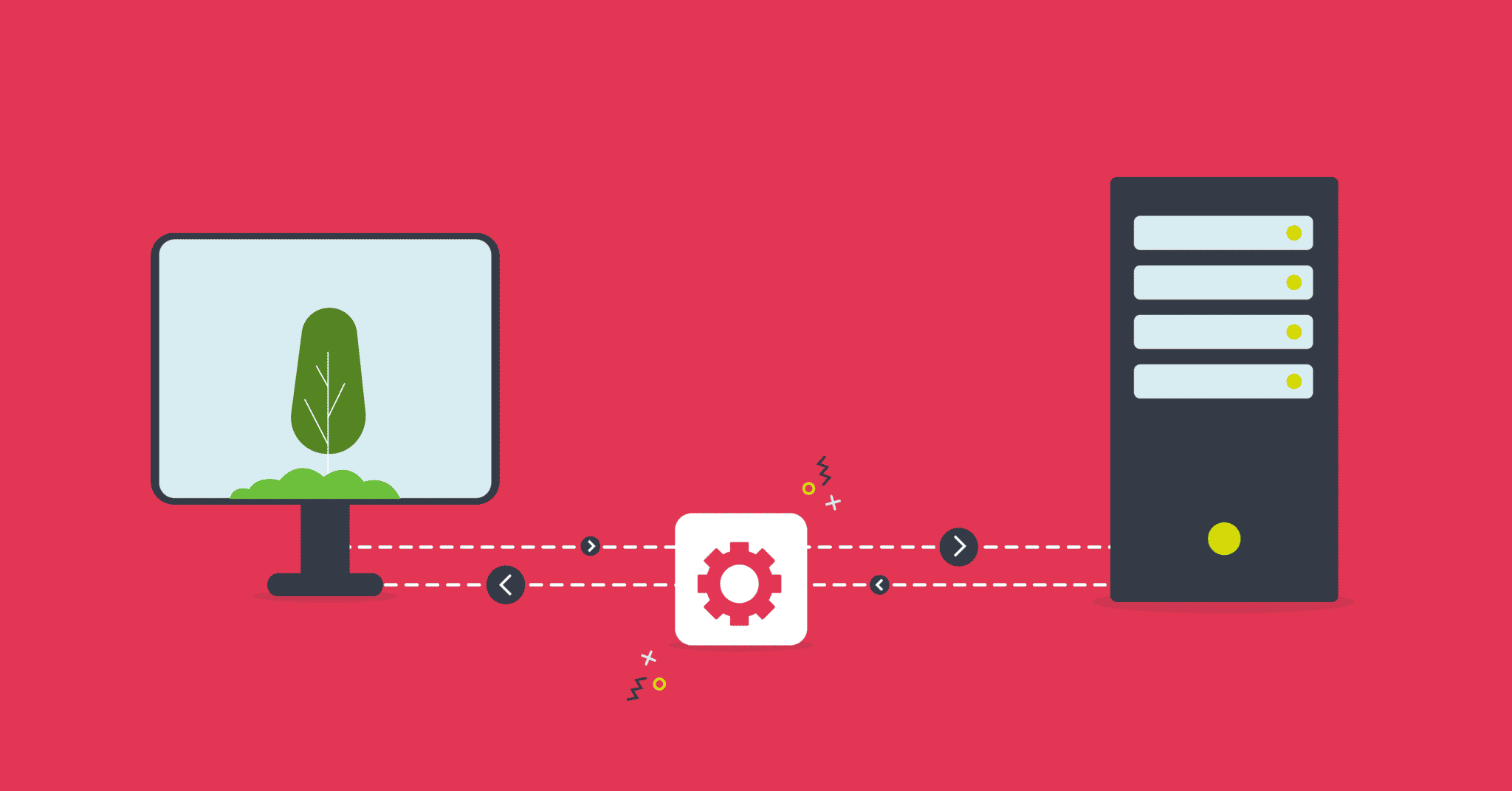
Updated on by Hayley Brown
In modern computing, APIs are the standard way for applications to communicate with each other. APIgee explains an API is an interface that makes it easy for one application to ‘consume’ capabilities or data from another application.
If a developer wants to make changes to an API’s underlying services an API proxy can allow them to define an API without having to change anything in the back end. In other words, it can decouple your API from your backend services. This means you can shield your apps from any code changes.
As a result, users can call your API without worrying about availability and if changes are being made to an endpoint users can continue without disruption.
What is an API proxy?
According to TechTarget, an API proxy is a thin application program interface (API) server that exposes an interface for an existing service. A “proxy” is something that acts as an agent or intermediary for something else. In other words, it sits between your front-end and back-end services.
For instance, an embedded iPaaS can act as an API proxy or abstraction layer to give users a single API to connect to. This allows users to bring data into their application from over 400 SaaS applications. As a result, users can interact with SaaS services in a uniform manner.
How does it work?
An API proxy works by decoupling two software components, allowing them to evolve independently. For example, in hybrid clouds proxies are used to separate front-end and back-end service components. The front-end is deployed in the cloud and the back-end is in the data centre.
The proxy exposes a URL that the front end will use to access the API. When a request is received through the proxy it is routed to the configured API endpoint. The response is then returned to the proxy and then returned to the caller.
For example, Cyclr’s API is extensible to act as a proxy for working with data in external SaaS applications. You can drive Cyclr directly through a few API calls and perform more advanced data processing before the data enters your application.
They act in a similar fashion to an API gateway. This is because it can handle data transformations, security and routing but can’t handle as much customisation as an API gateway.
API Proxy vs. API Gateway
An API proxy and API gateway both provide access to backend services. Although an API gateway has more robust features than a proxy.
An API gateway provides developers with much more customisation such as adding end-to-end security for the payload. As well as being able to handle authentication, caching, request routing, data orchestration and more. Some API gateways allow users to create new endpoints from existing services on the gateway without any backend services.
Source: Akana
Why would you use an API Proxy?
An API proxy may be a good solution if you are constructing a basic API and only want to apply some rudimentary security policies to it.
They could also be used to allow developers to define an API without having to change underlying services. The benefit of an API proxy is that it is essentially a simple and lightweight API gateway.
It could also be used as an abstraction layer between backend and frontend services. This means consumers and services don’t have to be aware of each other.
Finally, it could be used as a custom and stable interface. Developers can make appropriate changes without having to change how the consuming app accesses the data. Developers also avoid rewriting the backend, but can still make important changes to transform data, caching and security.
Final Thoughts
An API proxy is a useful way to decouple software components and if implemented is less disruptive when developers are making changes. They are also useful to use if only creating a basic API.
They can also be used in tandem with integrations. As they are a simple yet powerful and versatile way to build an API that allows web applications to access numerous resources of the integrated HTTP endpoint.